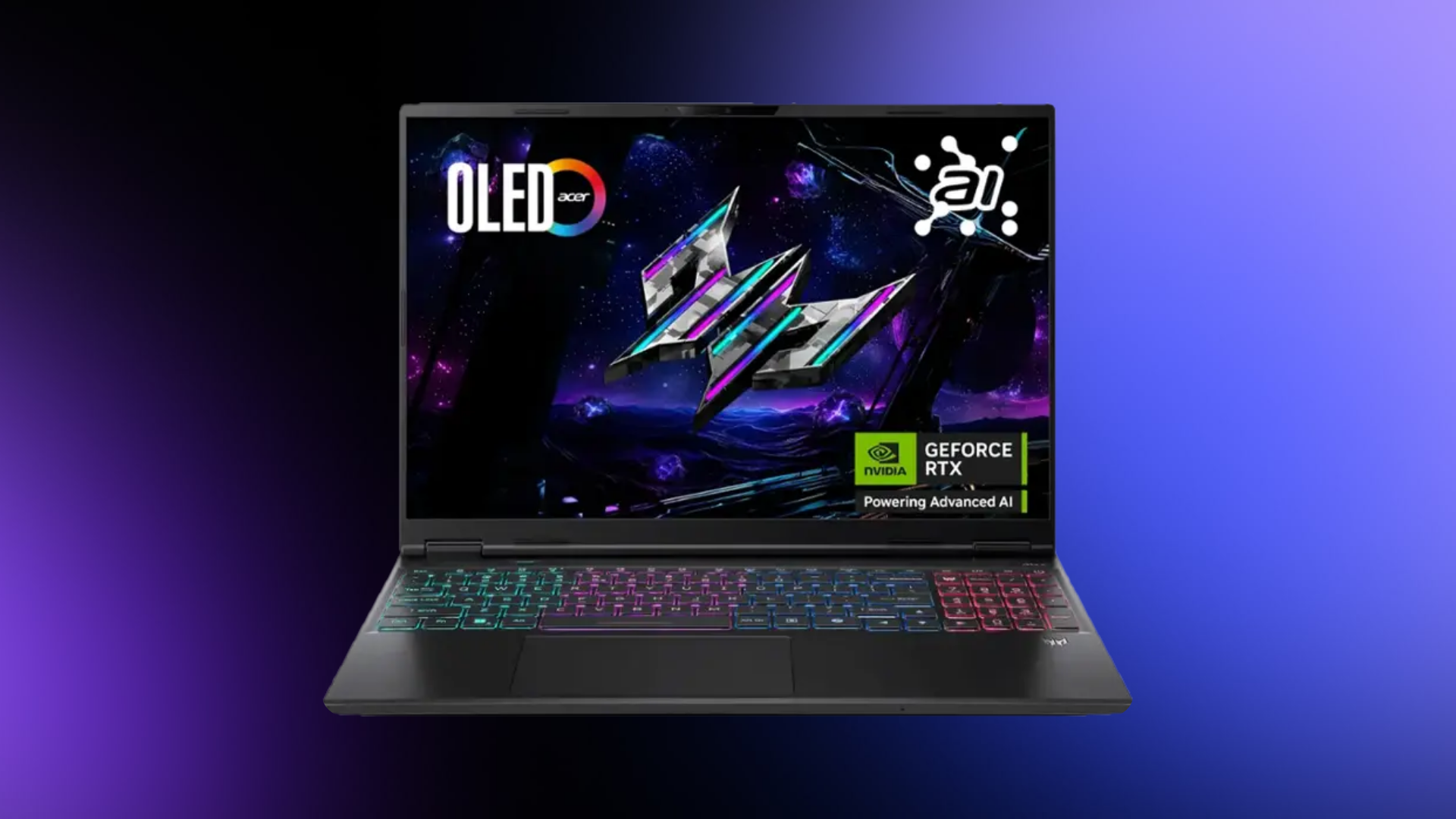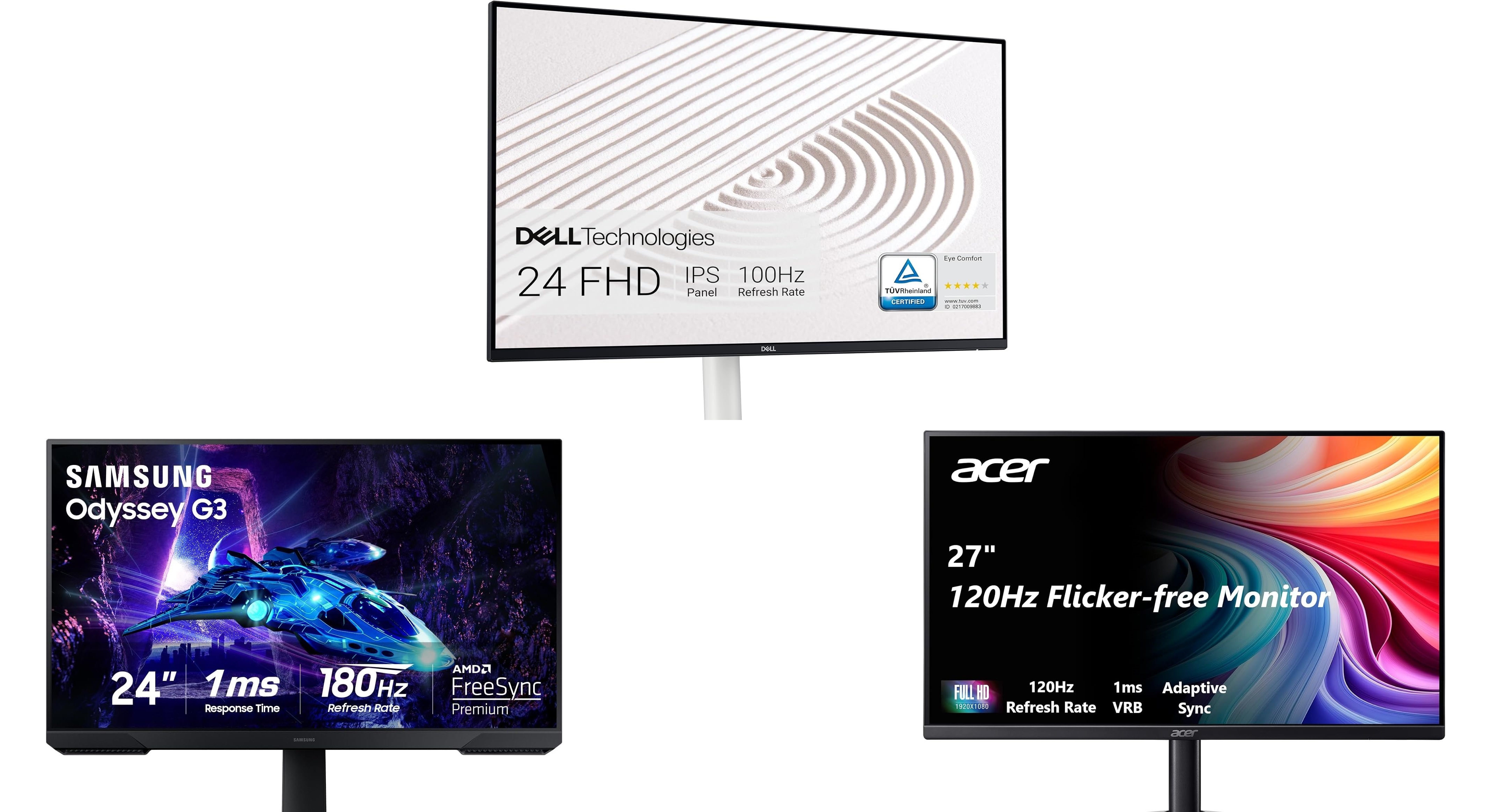Are you planning to buy a new GPU but can’t determine which brand to choose? We put Intel vs AMD to the test to figure out which GPU you should get.
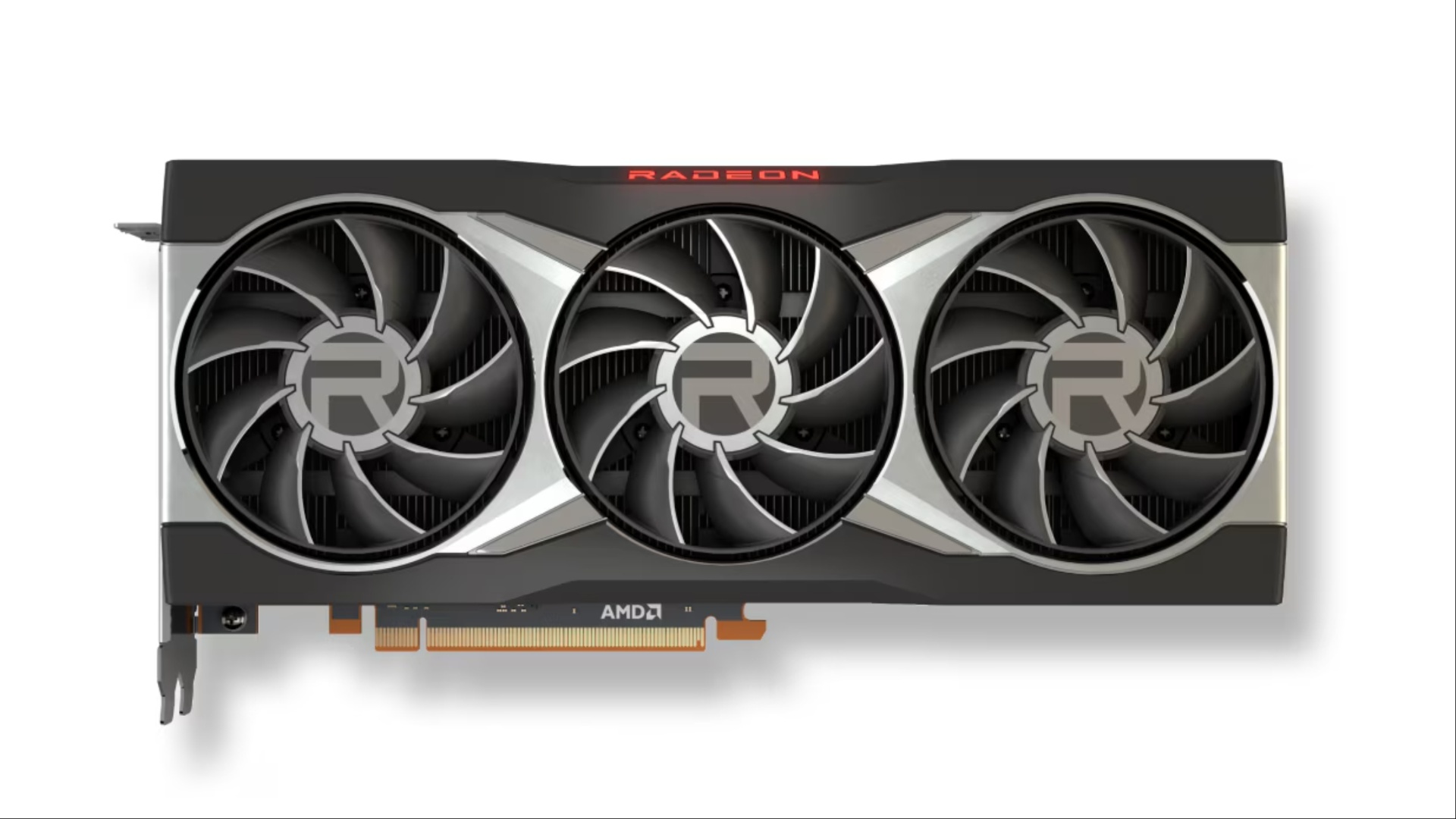
The GPU battle in the gaming world is never-ending, but that works in favor of the consumers in the market for a graphics card to suit their needs. GPUs can come in many different price ranges, variants, and bandwidths, so it can become quite challenging to choose the best one.
In this article, we are going to take a look at the major contenders in the market – Intel and AMD. Intel is a relatively new addition to the GPU market with its Arc series of graphics cards. AMD has been in the game for much longer, competing with giants like Nvidia and even dominating some segments of the GPU market.
Note: The article reflects the writer’s opinions.
Intel vs AMD: Which GPUs Should You Get?
When buying a GPU, many factors can come into consideration, like raster performance, memory bandwidth, driver support, and upscaling. As modern games and applications are becoming more intensive to run, it is important that you choose the right GPU in order to get the most out of your purchase. Proper support from manufacturers with occasional driver updates and fixes ensures the longevity of the product.
Let’s dive into our Intel vs AMD GPU analysis.
Rasterized Performance
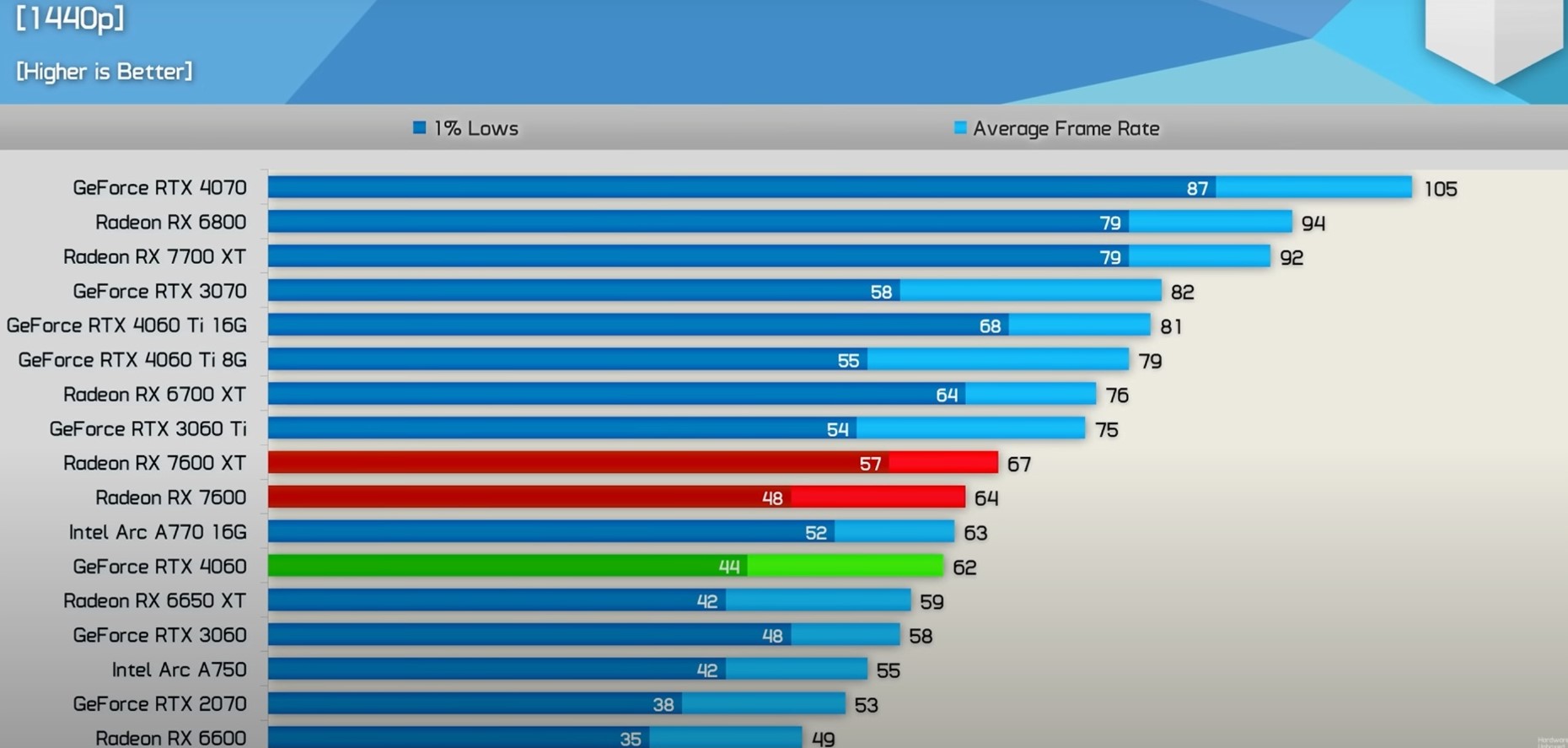
It’s shown in the graph how AMD pulls ahead in rasterized performance compared to its Intel counterpart. The RX 6650XT and the RX 7600 have better 1% lows and average framerates compared to the Intel Arc A750 and the Intel Arc A770.
(Image via YouTube/HardwareUnboxed)
Gaming GPUs are measured in terms of rasterized performance, which determines the raw power of a gaming graphics card. Rasterization is the process of transforming a 3D model into a 2D image in order to display it on the monitor. AMD generally offers better-rasterized performance for the money while being more efficient than its Intel counterpart. AMD can beat most Intel offerings with its raw power when it comes to most gaming tasks and productive applications. But the Intel GPUs are not that far off in terms of performance.
The Intel Arc A750 gives a close fight to the AMD RX 6650XT. However, the Intel card lacks functionality in many titles, and the average performance of the RX 6650X makes it a clear winner. So if you are in the market for a GPU in terms of raw power, AMD offers the best choice for now.
Memory Bandwidth
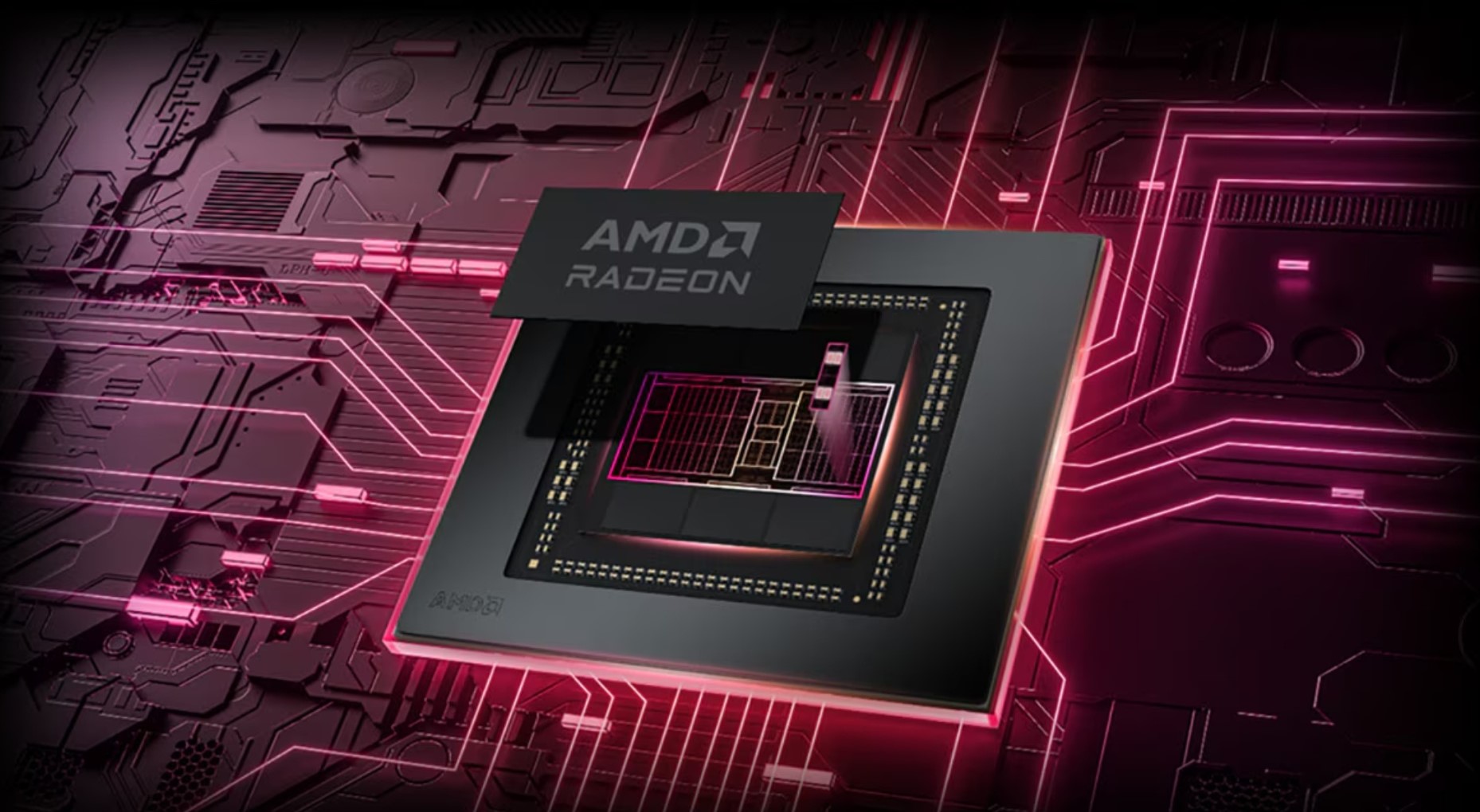
Memory bandwidth is the maximum rate at which data is transferred between the system memory and the GPU. Also known as VRAM, it acts as an indicator of the GPU memory speed. AMD generally offers more VRAM for a certain price compared to Intel GPUs. This allows games with higher resolution, like 1440p, to run much smoother on AMD cards.
Driver Support
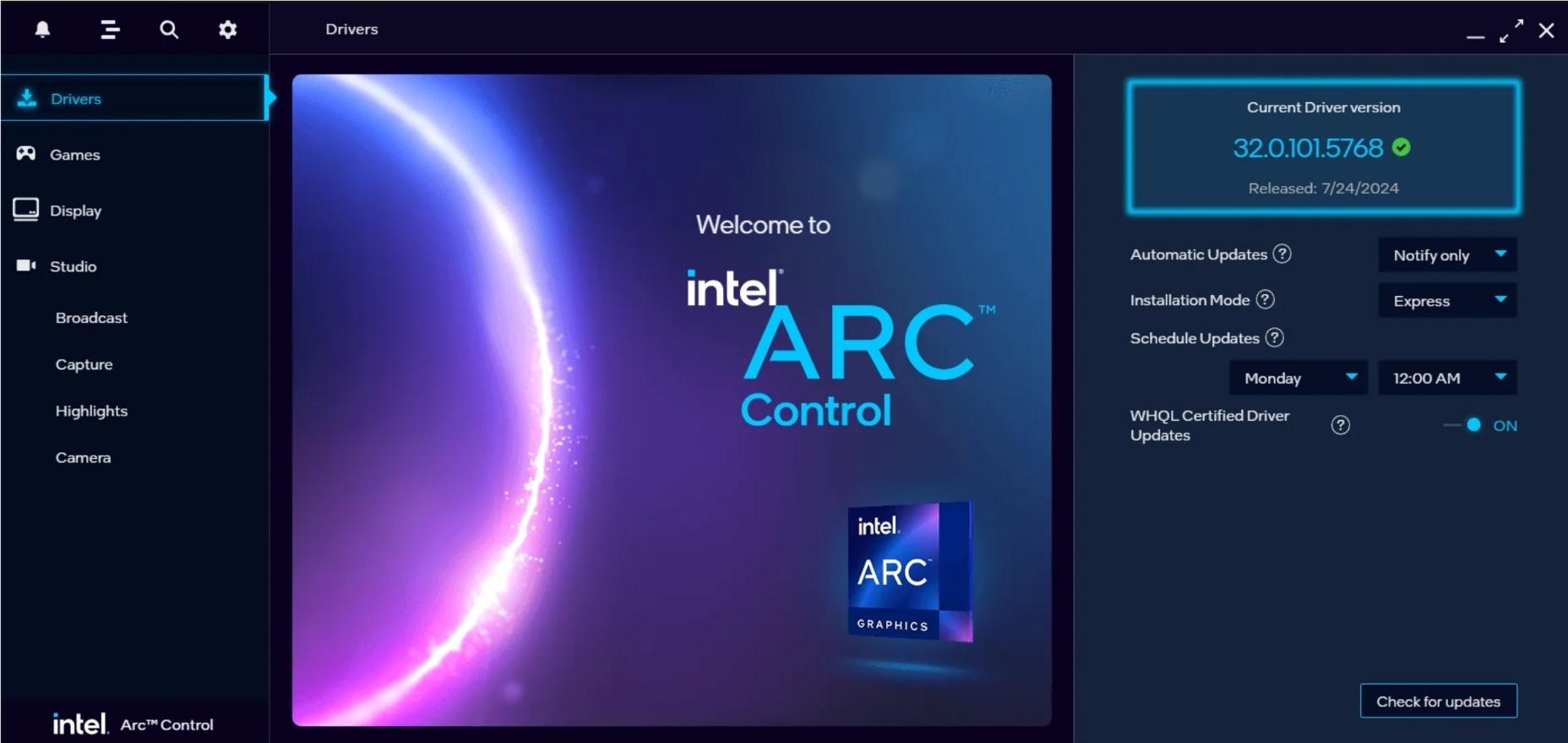
Driver support is crucial for the longevity of a graphics card. Older graphics cards can easily get a performance boost with newer updates. AMD leads on this front with frequent updates, which even include additional features to improve the experience. Intel, being a new competitor in the GPU market, struggles to provide fleshed-out features compared to AMD.
Upscaling
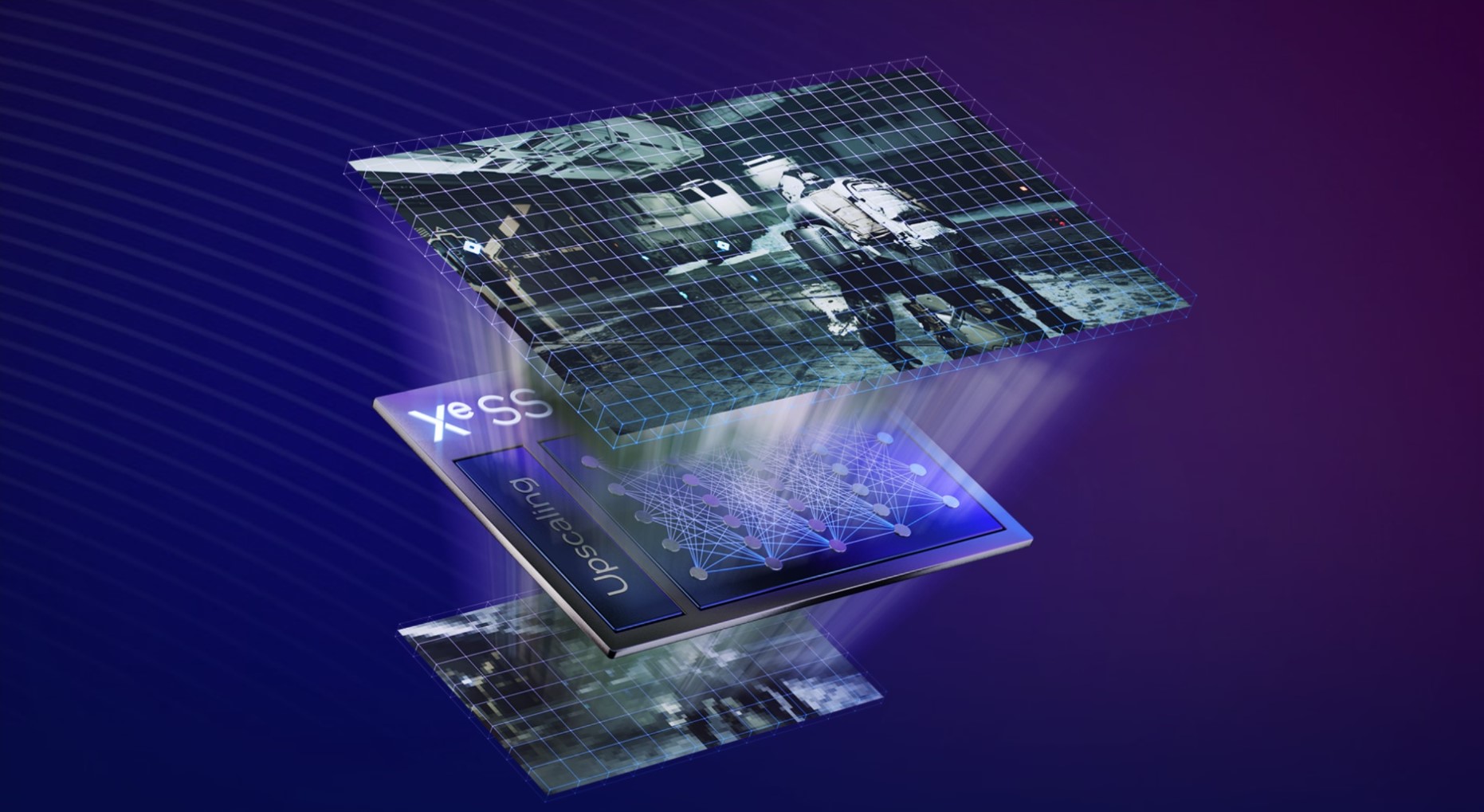
Every major graphics manufacturer has been fighting for the lead in the upscaling department. Being a very important feature in the GPU software space, it allows for great performance for older GPUs to run even modern titles without sacrificing the image quality.
When it comes to upscaling, both Intel’s XeSS and AMD’s FSR are quite similar. The competition is very close, with both providing great image quality at a low overhead cost.
Conclusion
AMD GPU is the winner in this battle with better performance, driver support, and memory bandwidth, and it also has a better value. However, Intel is still a good buy if you can get it on a discount.
Thank you for reading the article. We provide the latest news and create guides for new and old titles, including Death Stranding 2, Baldur’s Gate 3, Roblox, Destiny 2, and more.
 Reddit
Reddit
 Email
Email
